It’s good news for TSMC.
Get the latest international news and world events from around the world.
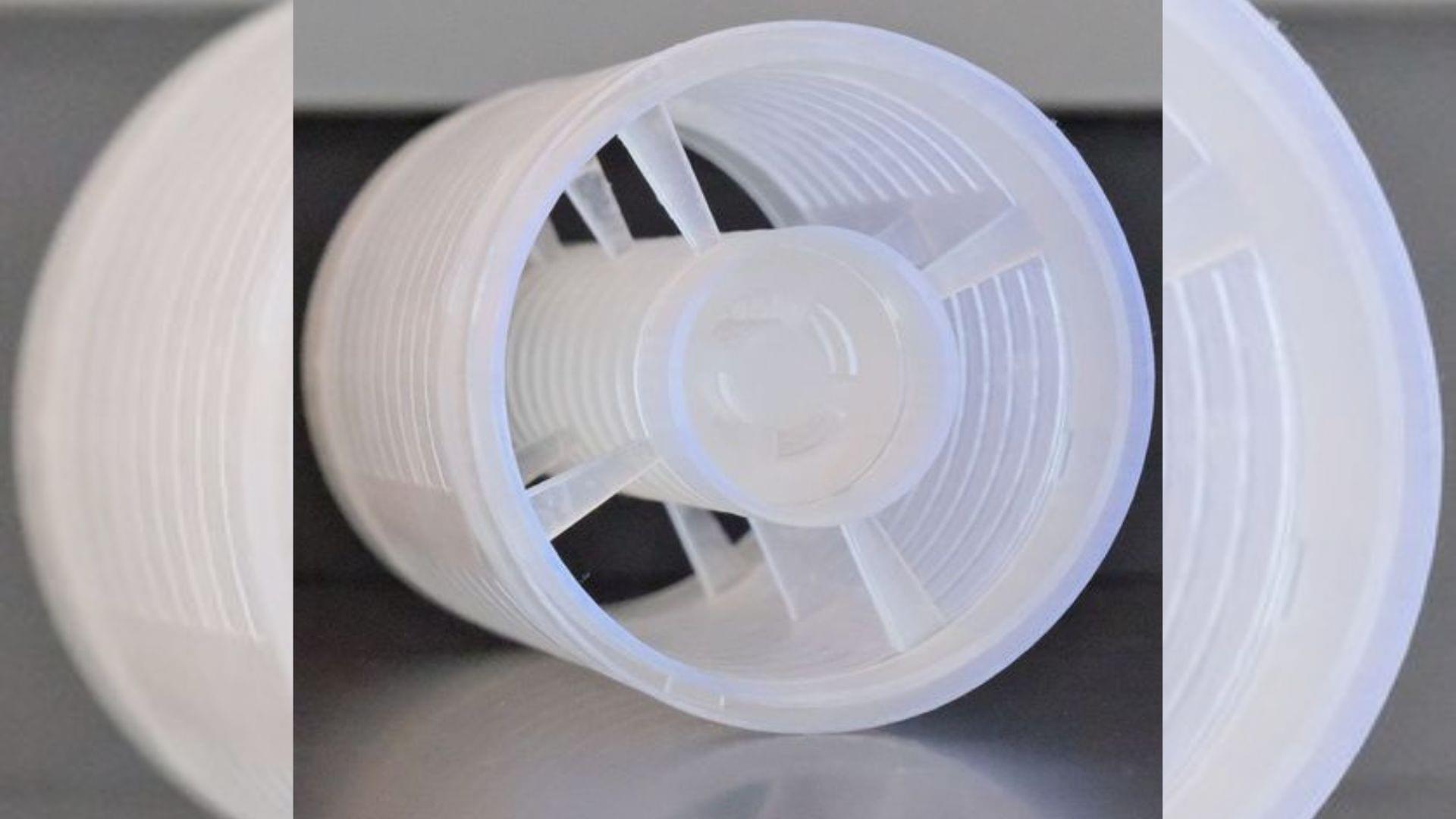

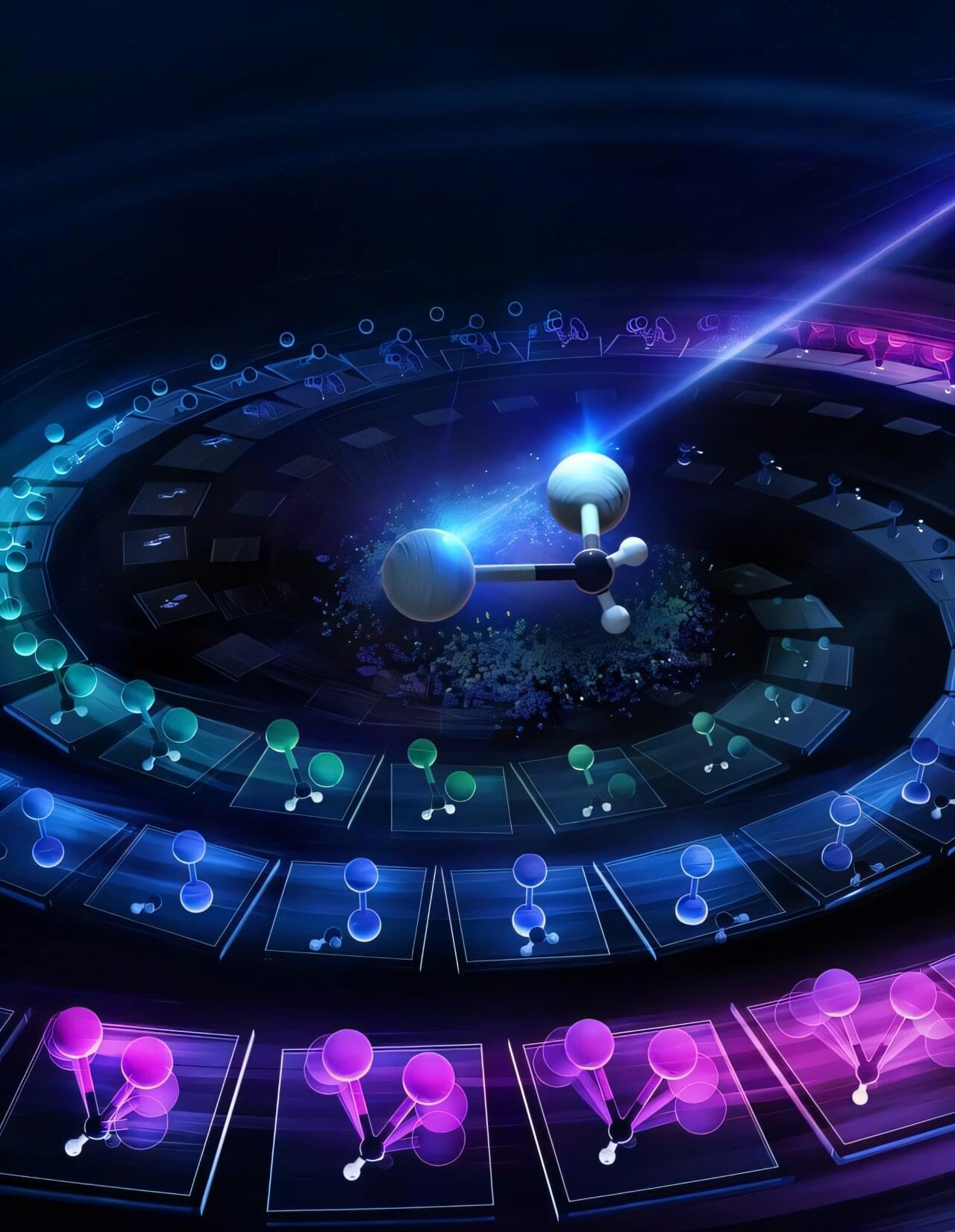
Individual atoms tracked during real-time chemical bond formation
Researchers at European XFEL in Germany have tracked in real time the movement of individual atoms during a chemical reaction in the gas phase. Using extremely short X-ray flashes, they were able to observe the formation of an iodine molecule (I₂) after irradiating diiodomethane (CH₂I₂) molecules by infrared light, which involves breaking two bonds and forming a new one.
At the same time, they were able to distinguish this reaction from two other reaction pathways, namely the separation of a single iodine atom from the diiodomethane, or the excitation of bending vibrations in the bound molecule. The results, published in Nature Communications, provide new insights into fundamental reaction mechanisms that have so far been very difficult to distinguish experimentally.
So-called elimination reactions in which small molecules are formed from a larger molecule are central to many chemical processes—from atmospheric chemistry to catalyst research. However, the detailed mechanism of many reactions, in which several atoms break and re-form their bonds, often remains obscure. The reason: The processes take place in incredibly short times—in femtoseconds, or a few millionths of a billionth of a second.

Johns Hopkins scientists grow a mini human brain that lights up and connects like the real thing
Scientists at Johns Hopkins have grown a first-of-its-kind organoid mimicking an entire human brain, complete with rudimentary blood vessels and neural activity. This new “multi-region brain organoid” connects different brain parts, producing electrical signals and simulating early brain development. By watching these mini-brains evolve, researchers hope to uncover how conditions like autism or schizophrenia arise, and even test treatments in ways never before possible with animal models.
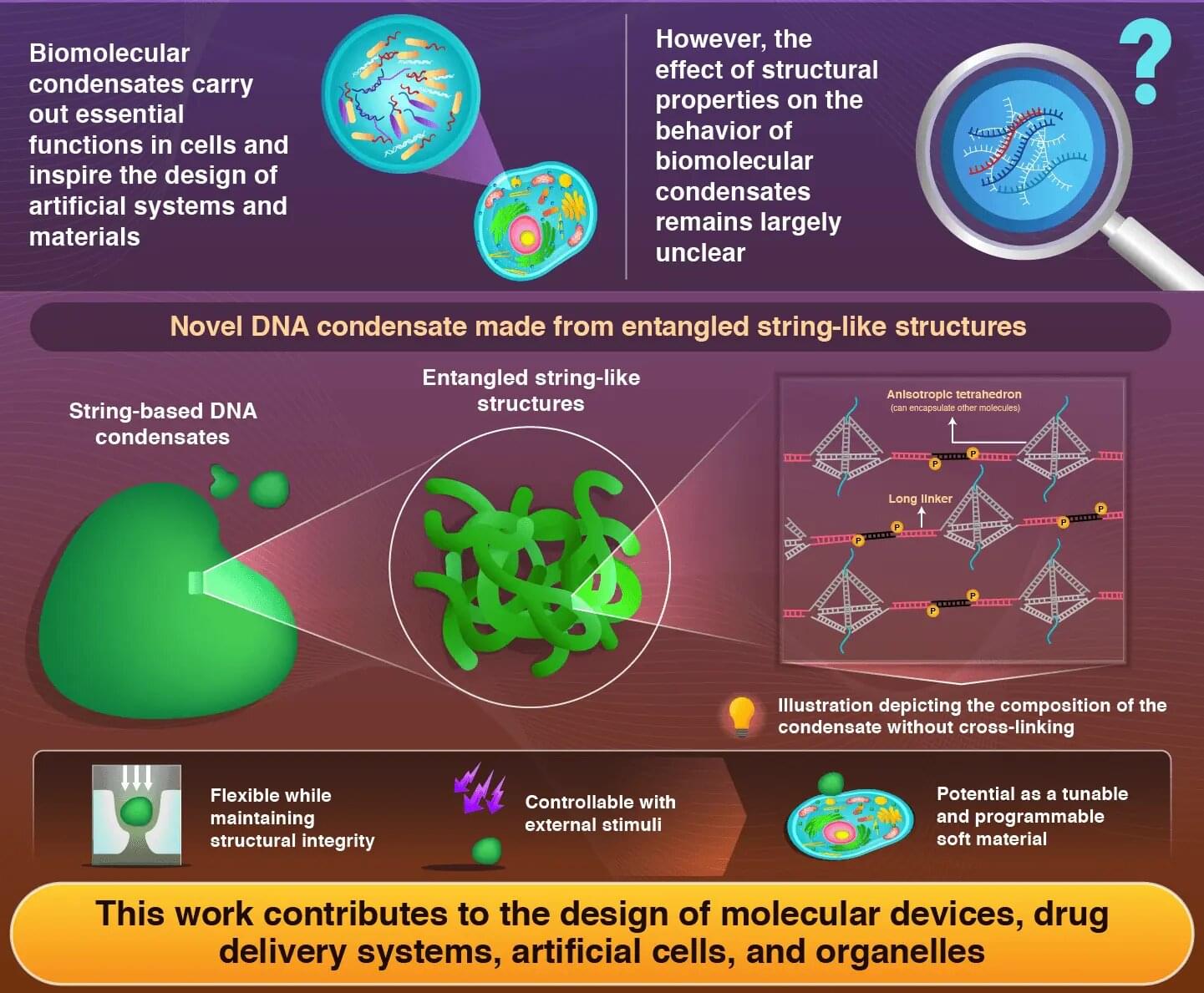
DNA nanostructures can mimic molecular organization of living systems without chemical cross-linking
Newly developed DNA nanostructures can form flexible, fluid, and stimuli-responsive condensates without relying on chemical cross-linking, report researchers from the Institute of Science Tokyo and Chuo University, in the journal JACS Au.
Owing to a rigid tetrahedral motif that binds the linkers in a specific direction, the resulting string-like structures form condensates with exceptional fluidity and stability. These findings pave the way for adaptive soft materials with potential applications in drug delivery, artificial organelles, and bioengineering platforms.
Within living cells, certain biomolecules can organize themselves into specialized compartments called biomolecular condensates. These droplet-like structures play crucial roles in cellular functions, such as regulating gene expression and biochemical reactions; they essentially represent nature’s clever way of organizing cellular activity without the need for rigid membranes.
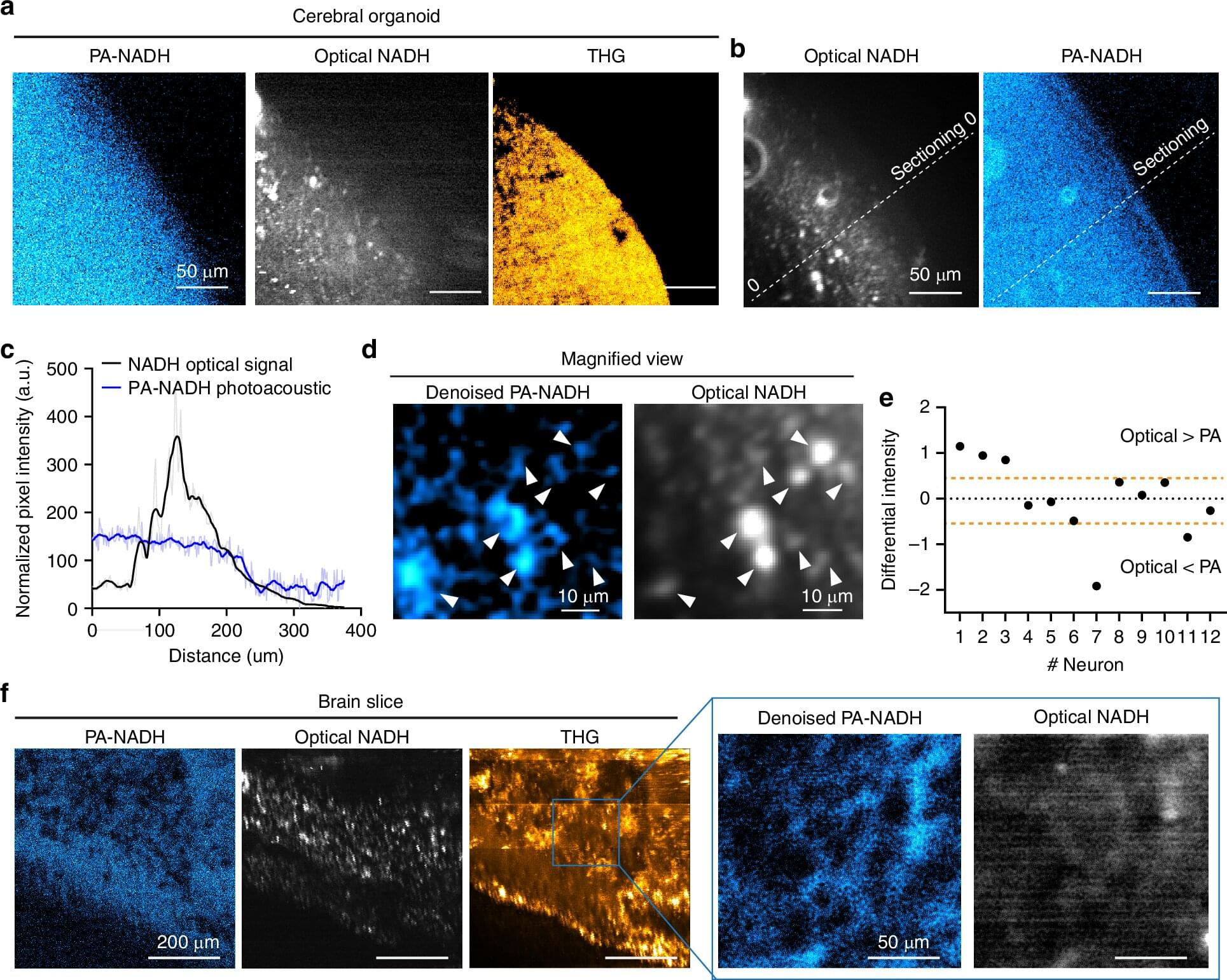
Imaging tech promises deepest looks yet into living brain tissue at single-cell resolution
Both for research and medical purposes, researchers have spent decades pushing the limits of microscopy to produce ever deeper and sharper images of brain activity, not only in the cortex but also in regions underneath such as the hippocampus. In a new study, a team of MIT scientists and engineers demonstrates a new microscope system capable of peering exceptionally deep into brain tissues to detect the molecular activity of individual cells by using sound.
“The major advance here is to enable us to image deeper at single-cell resolution,” said neuroscientist Mriganka Sur, a corresponding author along with mechanical engineering Professor Peter So and principal research scientist Brian Anthony. Sur is the Paul and Lilah Newton Professor in The Picower Institute for Learning and Memory and the Department of Brain and Cognitive Sciences at MIT.
In the journal Light: Science and Applications, the team demonstrates that they could detect NAD℗H, a molecule tightly associated with cell metabolism in general, and electrical activity in neurons in particular, all the way through samples such as a 1.1 mm “cerebral organoid,” a 3D-mini brain-like tissue generated from human stem cells, and a 0.7 mm thick slice of mouse brain tissue.
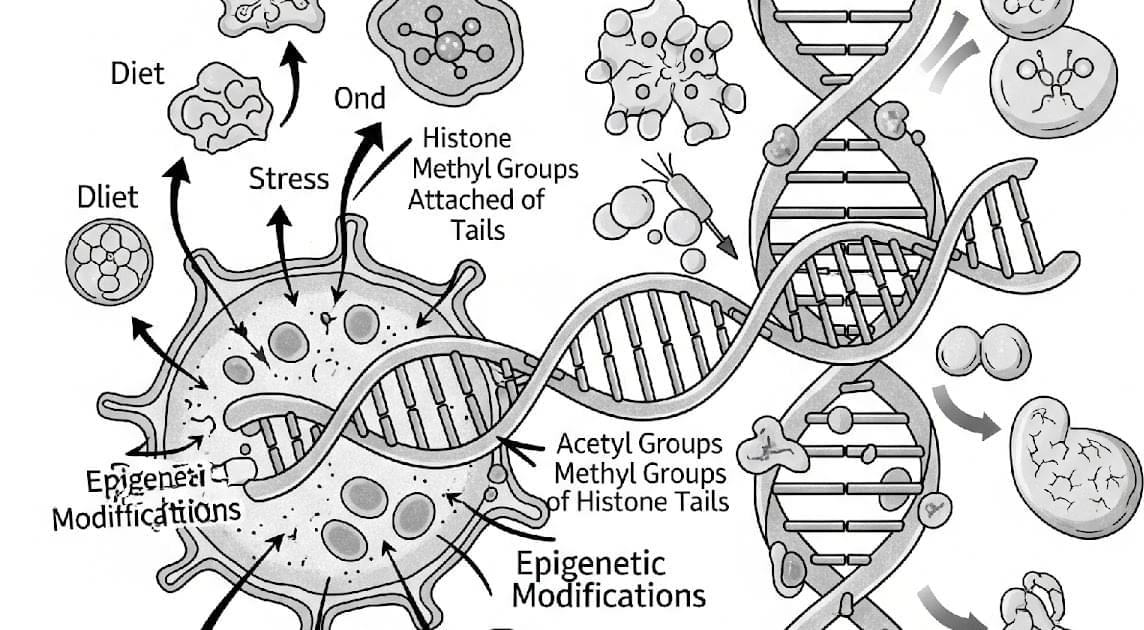
A Paradigm Shift in Evolutionary Biology: The Extended Evolutionary Synthesis and the Role of Epigenetics
The field of evolutionary biology has a rich and complex history, marked by periods of consensus and significant theoretical shifts. The cornerstone of modern evolutionary thought for much of the 20th century was the Modern Synthesis (MS), a theoretical framework that integrated Darwin’s theory of natural selection with Mendelian genetics.
It provided a powerful and elegant explanation for how evolution occurs, emphasizing the gradual accumulation of genetic mutations and their differential survival in a population. However, in recent decades, a growing body of evidence has begun to challenge the sufficiency of the MS, leading to the development of a new, more comprehensive framework: the Extended Evolutionary Synthesis (EES).
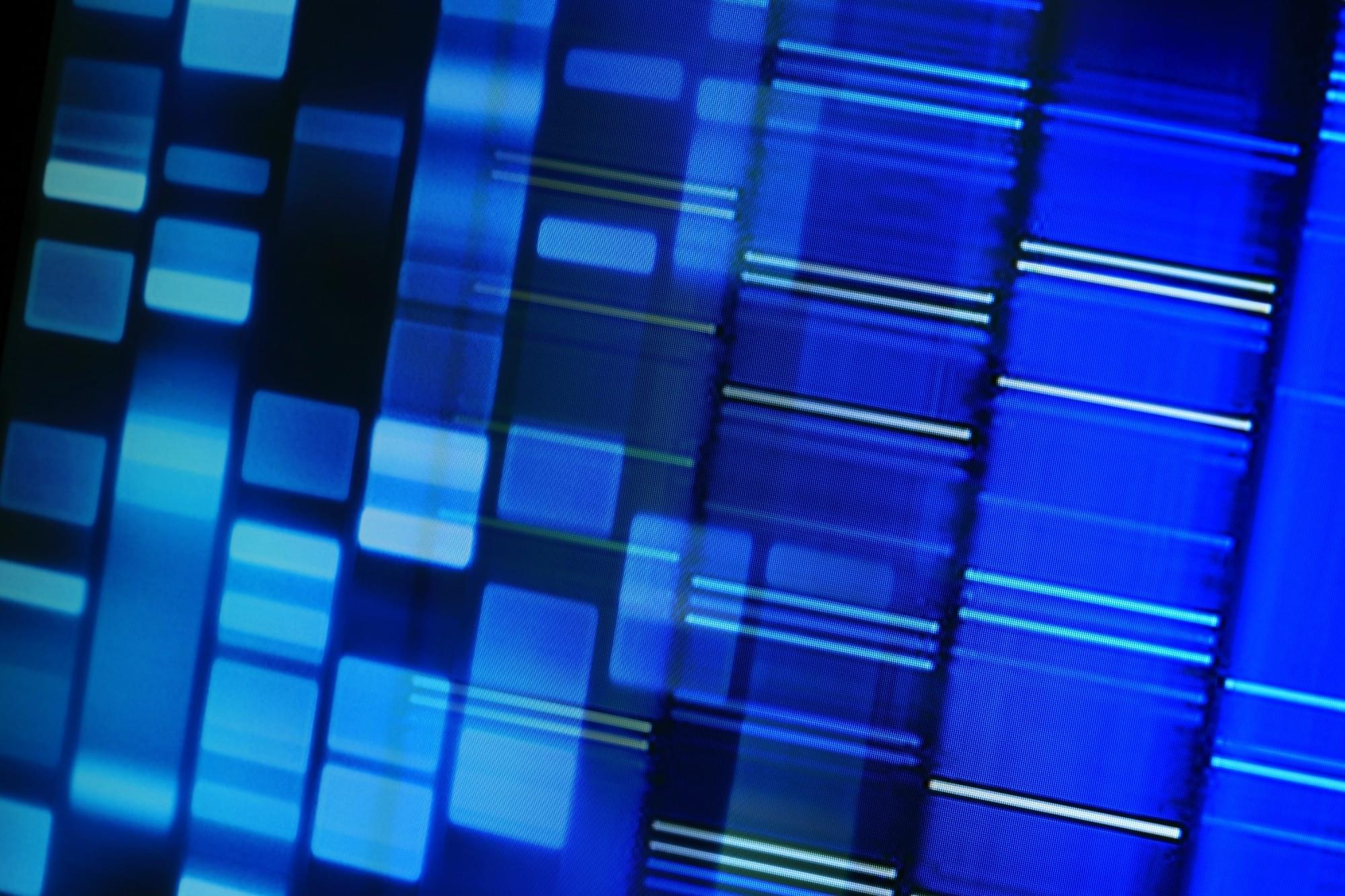
Researchers uncover dozens of traits driven by maternal versus paternal genes
Researchers developed a high-accuracy method to infer whether genetic variants come from the mother or father without needing parental genomes, analysing 286,666 UK Biobank participants. They uncovered over 30 parent-of-origin effects on traits from growth and metabolism to diabetes, many showing opposite effects depending on parental source.

Stem Cell Therapy Offers Hope for Repairing Brain Damage in Newborns
Oxygen deprivation around birth can lead to brain damage in babies, with far-reaching consequences. A new stem cell treatment administered via nasal drops is showing promising results. In a safety study conducted at UMC Utrecht, called PASSIoN, ten newborns received this ‘intranasal stem cell therapy’ shortly after birth. Most of the children showed remarkably positive development: they started walking earlier on average than untreated children with comparable brain damage, had no motor impairments, and none developed epilepsy or visual problems. The study results were published today in the scientific journal Stroke.
All ten babies in the study had a perinatal stroke: a type of brain injury that occurs just before, during, or shortly after birth, damaging the developing brain. This kind of injury can lead to long-term neurological problems such as cerebral palsy (CP), a condition that affects movement due to early brain damage.